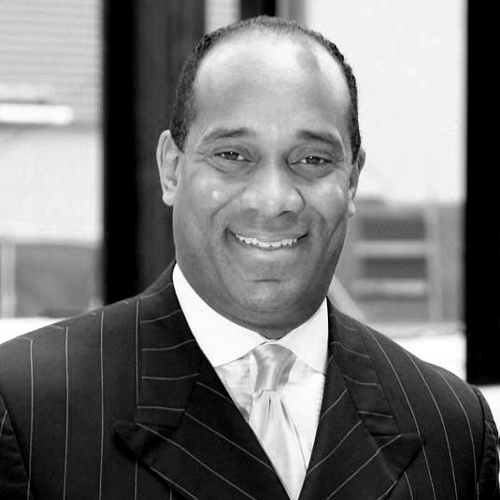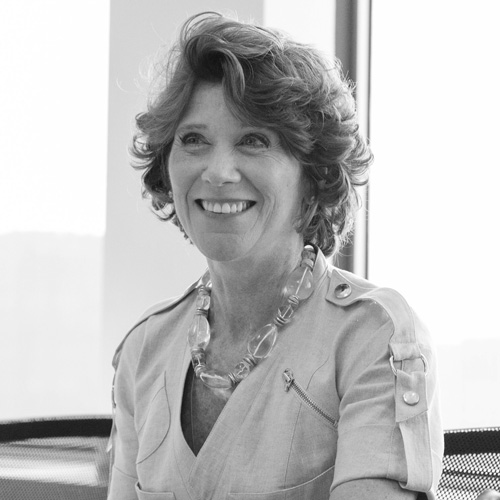Over the past two decades, the world has witnessed unprecedented advancements in technology—from the Internet boom to smartphones and tablets to high-definition televisions and an abundance of home-entertainment options. At the forefront of home entertainment innovation, Sony Computer Entertainment America LLC (SCEA) continues to push boundaries and bring streamlined entertainment options straight to the consumer at home or on the go. SCEA has revolutionized home and handheld entertainment since 1995, when the first PlayStation launched in the United States. Sally Buchanan, SCEA’s senior vice president of human resources, has played an integral role in helping the company thrive internally throughout it’s nearly 19 years.
A key advantage of being employed with SCEA since its founding is that Buchanan has been able to not only grow with the company, but has observed its evolution over the years. Since joining SCEA, Buchanan has overseen all organizational development strategies that drive and support SCEA’s talent-management philosophy. Buchanan is passionate about cultivating a lively and engaging environment for employees to better connect with each other and the PlayStation brand. “PlayStation has always made the consumer experience a top priority and strives to deliver just that by pushing the boundaries of play,” she says. “Our internal strategy mirrors this sentiment; our own employees are a key stakeholder of the success of the company, and our role as human resources is to make our employees a top priority in order to maximize results.”
Much like the advancement in technology, improvements have been effectively implemented into human resource strategies that foster a more unified workforce. For much of SCEA’s 19 years, human resources was able to meet employee needs efficiently and effectively. It wasn’t until a year ago that Buchanan began to notice a shift in the company’s environment and began to evaluate how HR could adjust to better meet the needs of SCEA employees. She was able to apply the insight gained from internal evaluations to the recent reorganization within her own department in a proactive and disciplined way.
“We have typical pillars in HR—talent acquisition, total rewards, employee engagement, etc.,” Buchanan says, “but when you’re in a less formal environment like ours in the video-game industry, and you’re discussing those processes that affect people day to day, that all just seems very corporate.” In SCEA’s world of innovation and creative thinking, Buchanan says a suit-and-tie vernacular just didn’t mesh. “Our people strategy needs to be aligned with our brand strategy, which includes our product strategy. We recognized that meant adjusting to fit our environment, so that’s what we did.”
The original HR service delivery model was comprised of six respective roles—business partners, talent management and development, employee engagement, talent acquisition, total rewards, and HR operations. Each role served interconnecting functions, whereby managers and employees sought multiple sources for information and approvals, which ultimately duplicated efforts and created complications and inefficiency. “We gave off the impression that HR did not have a unified voice,” says Buchanan, who quickly took notice of the problem and devised an initiative to conduct an internal survey of the effectiveness and alignment of HR within SCEA. “My goal by conducting this review was and is to optimize the resources we do have to better support the organization’s objectives, as well as to streamline how we function both internally and externally. I recognize the business needs a high-touch HR organization to work within all levels of management. It is simply to optimize the resources we do have by better aligning our teams and our people.”
By December 2012, with employee feedback in-hand from the company engagement survey, it became clear that the department needed to be streamlined in order to function more efficiently. Buchanan implemented three core buckets of responsibilities within the HR department—Talent Programs, HR Shared Services, and Business Advisory—while integrating stronger managerial roles within each bucket.
The reorganized HR model will allow every member of HR to articulate exactly how what they do each day connects to the company’s business strategy and brand. Employees and candidates will agree there is no better place than PlayStation to put their skills and passion to work. Each area in the group is responsible for its own roles, but must work cohesively with the other two areas in order to gain and maintain results. “We eliminated the duplication of voices, and the voice that is spoken now is clear, conscious, and informed on any given topic,” Buchanan says.
Buchanan envisioned the three key roles as follows: The Talent Programs function—which includes talent acquisition, talent management and development, and employee engagement and communications—would design programs directly linked to the HR strategy and the goal of building best-in-class talent programs to attract, develop, engage, and retain top talent. The HR Shared Services function would achieve operational excellence while maximizing shared services offerings to drive process standardization across HR. The Business Advisory function would transform to include business partners and HR generalists, simplifying the voice of HR and providing a source of proactive consultation and solutions for business leaders on organization- and talent-related strategies.
From the initial phase of the reorganization, which began in December 2012, through the current stage, which concluded in July 2013, Buchanan oversaw valuable improvements to the HR department and laid the foundation for a new and improved HR model that was inspired by SCEA employees for SCEA employees.
The day-to-day internal connectivity between employees and the brand is the overall representation of SCEA and its culture. It’s imperative that the HR department can function as the central component for all factions within the company to lean on for support and encouragement. The reorganization of the HR department has allowed for this, and it has been a successful venture thus far. Buchanan’s job is to ensure that the SCEA work experience is shared beyond the walls of SCEA’s campuses, and that it is a positive one.
“I have a strong belief our staff must transform how we interact with the business—if not we won’t be effective in the organization,” Buchanan says. “And every experience an employee has with our department is an experience with the Sony brand.”

